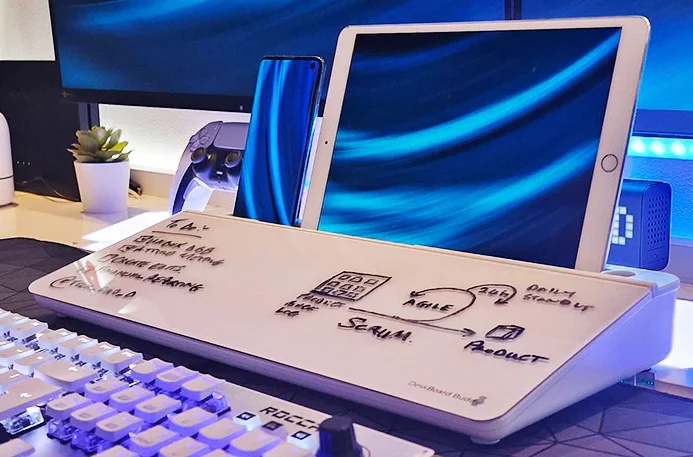How High-Precision 3D Printing is Pushing the Boundaries of Manufacturing
The world of manufacturing is constantly changing, and 3D printing has emerged as a revolutionary technology within this sphere. This is predominantly due to the fact that high-precision 3D printing provides unmatched levels of customization, efficiency, and versatility. Although technology has already transformed a number of sectors, common applications are always demanding more and more precision. It’s this demand that has been the driving force behind a number of advancements, as evolving technology makes more things possible. From intricate designs to diverse applications, high-precision 3D printing opens up a whole world of opportunities for manufacturing. So, discover more about the significance of 3D printing below, including the applications and technologies that are driving its evolution.
Understanding High-Precision 3D Printing
Traditional 3D printing is otherwise known as additive manufacturing, which involves building objects on a layer-by-layer basis upon the foundation of a digital design. Although it’s safe to say that this technology has already revolutionized prototyping, customization, and small-batch production, high-precision 3D printing just elevates it to another level. This is because it provides micron-level accuracy and exceptional surface finishes, and this level of precision demands advanced hardware, software, and materials. What’s more, meticulous calibration optimization of printing parameters is also paramount.
Applications Across Industries
Naturally, high-precision 3D printing has its place in various sectors, including aerospace, automotive, healthcare, consumer goods, and more. For instance, aerospace requires lightweight components and intricate designs, and this is where high-precision 3D printing comes in to produce the most complex of parts while still maintaining a reduced weight and impressive performance. Meanwhile, the healthcare industry can use high-precision 3D printing to craft patient-specific implants, prosthetics, and surgical guides with the utmost precision. The end result is better patient outcomes and reduced surgery times.
Advancements in Materials
Perhaps the biggest enabler of high-precision 3D printing is the development of advanced materials that can be customized to meet the demands of unique applications. Whether a company is in need of engineering-grade thermoplastics or biocompatible metals, high-precision 3D printing is compatible with all manner of materials, and the offerings just continue to expand. As a result, designers and engineers are provided with more choice and greater flexibility. What’s more, multi-material and composite printing only further enhances the capabilities of high-precision 3D printing, which makes the fabrication of functional prototypes and end-use parts with diverse properties possible.
Technological Innovations
When it comes to advancing the capabilities of high-precision 3D printing, technological innovation plays an integral role. Sophisticated slicing material and improved printer hardware are just some of the features being brought by continuous innovation. From this, printers are becoming more accurate, allowing them to produce finer details and smoother surfaces. Additionally, since advanced sensors and real-time monitoring systems can be integrated, this provides users with more control over the printing process. Consequently, fewer defects are created, and this helps to maintain a consistent quality. Similarly, automated polishing, surface treatments, and other post-processing technique developments work to further enhance the aesthetics and functionality of printed parts.
Challenges and Opportunities
Although there is so much potential in terms of high-precision 3D printing, this isn’t to say that it’s without its challenges. For instance, companies may encounter the likes of scalability, cost-effectiveness, and material limitations. In order to achieve such micron-level precision, specialized equipment and expertise are required, and this can be far too expensive for smaller manufacturers to access. Similarly, the endless design possibilities with high-precision 3D printing can be a challenge in itself, as turning digital designs into intricate products is a whole other ballgame. So, if you’re looking to adopt high-precision 3D printing, you need to address these challenges.







